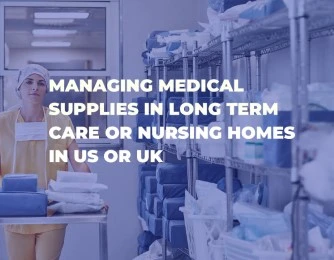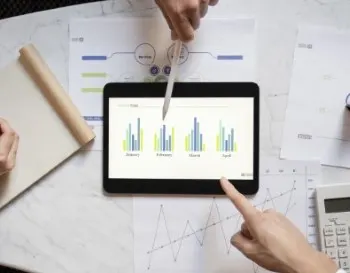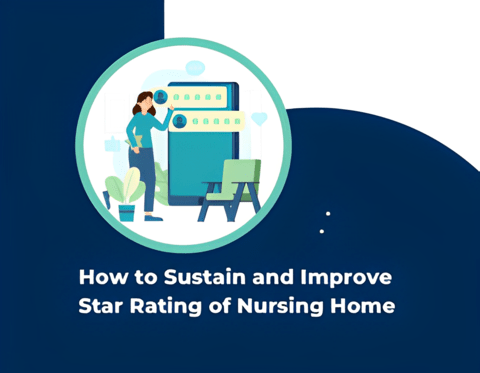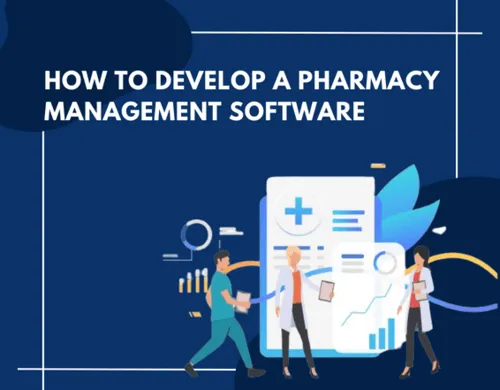
Optimizing Medical Supply Management in US and UK Nursing Homes
Managing medical supplies in long-term care and nursing homes in the US and UK involves several key aspects. Here are some approaches and strategies for effective medical supply management :
Inventory Tracking and Management:
- Implement a digital inventory management system to track and monitor medical supplies in real-time.
- Categorize supplies based on type, expiration date, usage frequency, and criticality.
- Set up automated alerts for low stock levels, approaching expiration dates, or high-demand items.
- Conduct regular physical inventory counts and reconcile the with them digital system.

Centralized Procurement:
- Establish a centralized procurement process to ensure consistent supply acquisition and minimize costs.
- Identify reliable suppliers and negotiate contracts for bulk purchases, ensuring competitive pricing.
- Maintain an up-to-date catalog of approved medical suppliers and products.
- Streamline the procurement process through online ordering systems or electronic purchase requisitions.

Demand Forecasting and Planning:
- Analyze historical usage data to forecast future demand for medical supplies accurately.
- Consider factors such as resident population, acuity levels, and seasonal variations.
- Collaborate with healthcare providers, nursing staff, and administrators to gather input for demand forecasting.
- Implement a proactive replenishment strategy to prevent stockouts or overstocking.

Storage and Organization:
- Designate specific storage areas for different types of medical supplies, ensuring proper labeling and categorization.
- Adhere to storage requirements, such as temperature control, sterilization, and segregation of hazardous materials.
- Implement a first-in, first-out (FIFO) system to prevent expiration of supplies.
- Regularly review and optimize storage space utilization to maximize efficiency

Optimizing Medical Supplies Management in US & UK Nursing Homes
Software development and automation can greatly enhance the management of medical supplies in long-term care and nursing homes in the US and UK. Here are some ways software and automation can contribute to effective supply management:
Inventory Management System:
- Develop custom inventory management software that tracks and monitors medical supplies in real-time.
- Enable barcode or RFID scanning for efficient and accurate stock tracking.
- Automate inventory updates based on supply usage, purchases, and returns.
- Set up automated notifications for low stock levels, approaching expiration dates, or high-demand items.

Procurement Automation:
- Create a software solution that streamlines the procurement process.
- Integrate with suppliers' systems to automate purchase order creation, invoicing, and payment processing
- Implement electronic catalogs for easy selection and ordering of supplies.
- Set up automated alerts for contract renewals, price fluctuations, or supplier availability.

Demand Forecasting and Planning:
- Develop algorithms within the software to analyze historical usage data and forecast future demand.
- Utilize machine learning techniques to identify patterns and predict supply needs accurately.
- Automate the generation of purchase requisitions based on forecasted demand and predefined reorder points

Conclusion:
Managing medical supplies in long-term care and nursing homes in the US and UK requires a comprehensive approach that combines effective inventory tracking, centralized procurement, demand forecasting, storage organization, and automation through software development. By implementing a digital inventory management system, utilizing procurement automation, and leveraging demand forecasting algorithms, healthcare facilities can optimize supply levels, reduce costs, and ensure timely availability of medical resources. Additionally, software automation enables real-time monitoring, automated notifications, streamlined procurement processes, and improved data analysis and reporting capabilities.
Read our other blogs here






